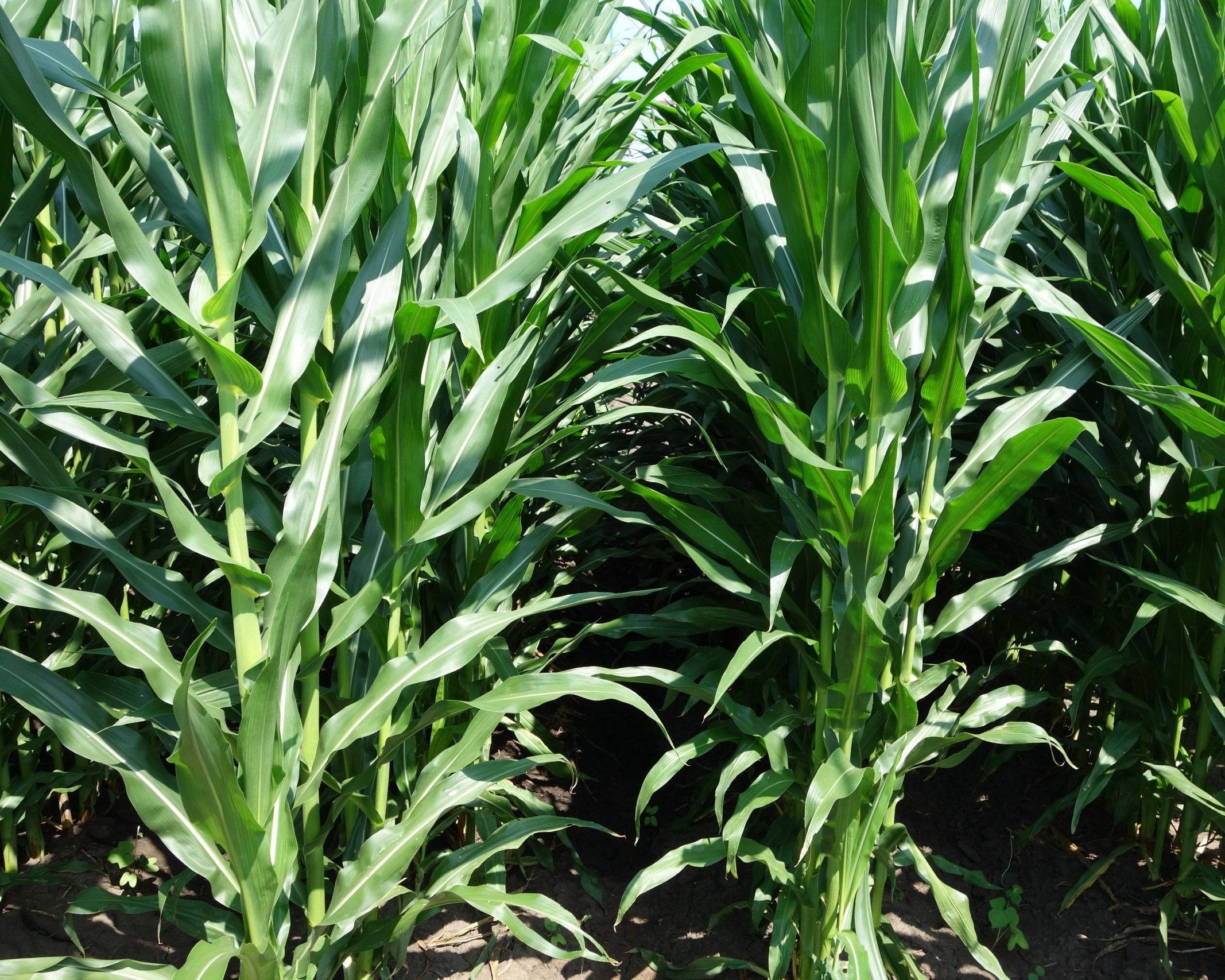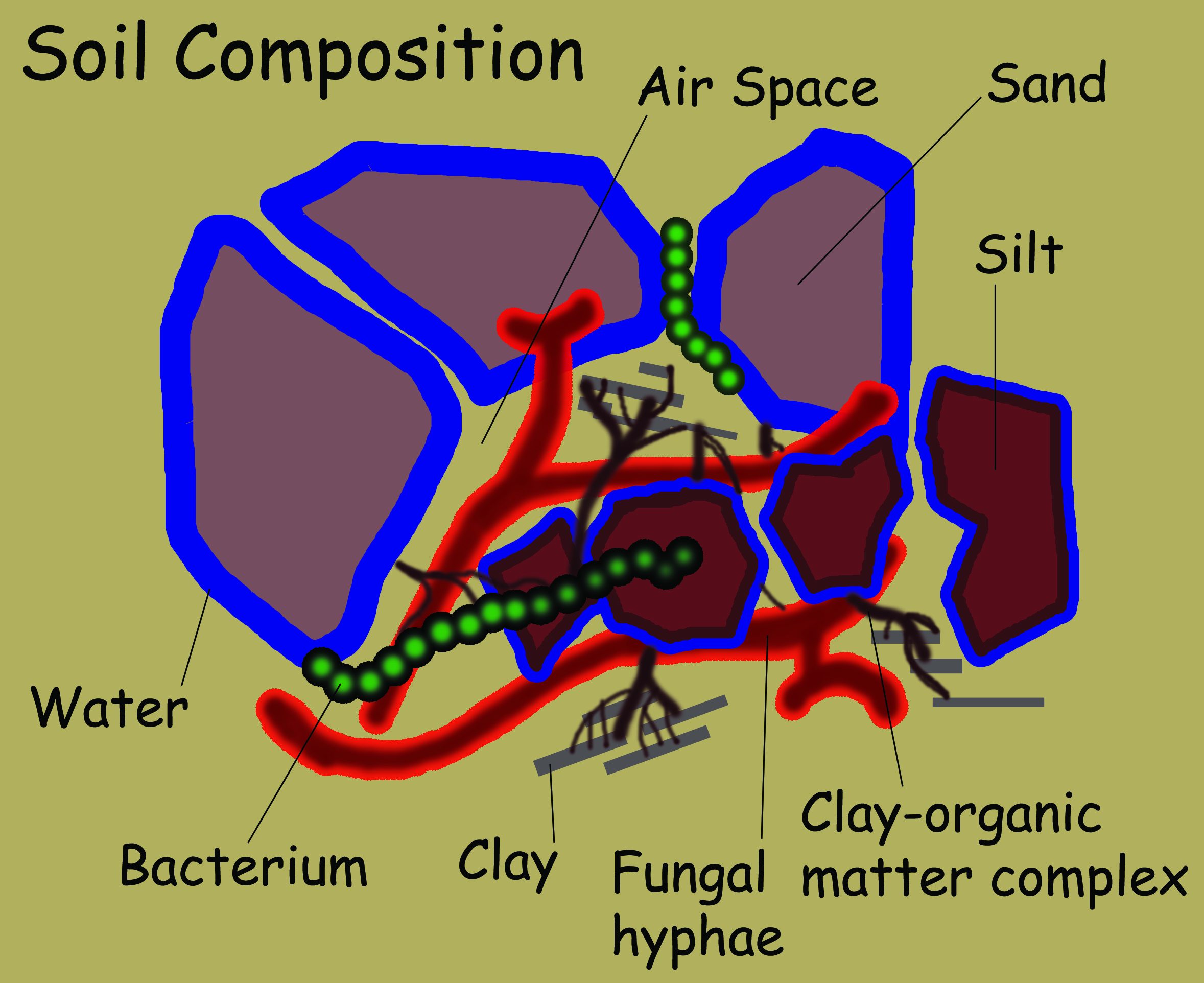PLANTS ARE A REFLECTION OF SOIL HEALTH
There are many factors affecting plant food availability within the soil
The soil is the foundation for all plants. Thus, the quality of the crop produced is often a reflection of soil condition. So what is a plant’s potential when given a suitable environments? Let’s fnd out!



SUNLIGHT and ENERGY
“You want that
high sugar content, that’s what keeps your plant healthy”
MIke was working with some Amish farmers who were having a problem keeping their kids from eating the corn! That’s what happens when you feed the plant what it needs, it becomes sugar-producing factory! Fertilizer is one part of the equation. Planting depth, reduced tillage, increased microbial activity, plant genetics, herbicide use, etc., all play a part.
NATURAL SOLAR PANELS
Energy is captured
using leaves and special structures and quality matter.
For a plant to survive, it must produce its own food from raw, inorganic materials and sunlight. Plant cell mass (i.e., root and leaf tissue) and organic compounds (e.g., sugars, carbohydrates, proteins) are produced from carbon dioxide using light as its primary energy source.
Plants are a vital link in the food chain. They take energy from the sun along with inorganic sources and convert them into forms used to carry out biological functions (e.g., cell growth, sugar production, defenses, etc.). Simply put, plants take the air we exhale and convert it into the sugars we eat and oxygen we breathe…two important factors that allow us to live! Needless to say, we depend on plants for energy and raw materials to carry out our own biological functions.
We can’t choose when the sun shines, however, we do have a choice in how we manage our soils. To ensure that a plant gets everything it needs to function properly, we must provide it a good foundation; thus, a healthier soil will produce a healthier plant.
SUGARS
Feeding the plant
but feeding your soil community as well
Sugars play a central role in plant life: they are produced by photosynthesis, transported to plant tissues, channelled to respiration or converted into storage compounds (e.g., lipids, starch, sucrose, fructans) which are then broken down into essential carbohydrates (21).
Therefore, in a simplified view, high sugar concentrations suggest a good metabolic status within the plant. However, low sugar levels can indicate starvation or sickness. Sugars can also function as protectants of plant cell walls and sugars can protect proteins from the hardships of freezing or stress (30, 31, 37).


RHIZOSPHERE (ROOT ZONE)
The products you place into your “root zone”
impact your plant’s ability to develop and thrive
The rhizosphere, a narrow habitat of soil surrounded and directly influenced by plant roots, is a very dynamic environment where plants, soil, microorganisms, nutrients, and water meet and interact (4, 7, 16, 34).
Plant roots release components of organic material (e.g., sugar) into the rhizosphere (38). Plant root mucilage or secretions is mainly composed of six sugar residues (e.g., glucose, galactose, mannose, fucose, xylose, and arabinose) found in varying amounts in the presence of certain soil organisms (1).
These root secretions serve as great food sources for beneficial microorganisms, increase the availability of nutrients in the rhizosphere, make a suitable environment around the plant roots, and create a very unique environment, different from the rest of the soil ecosystem.

